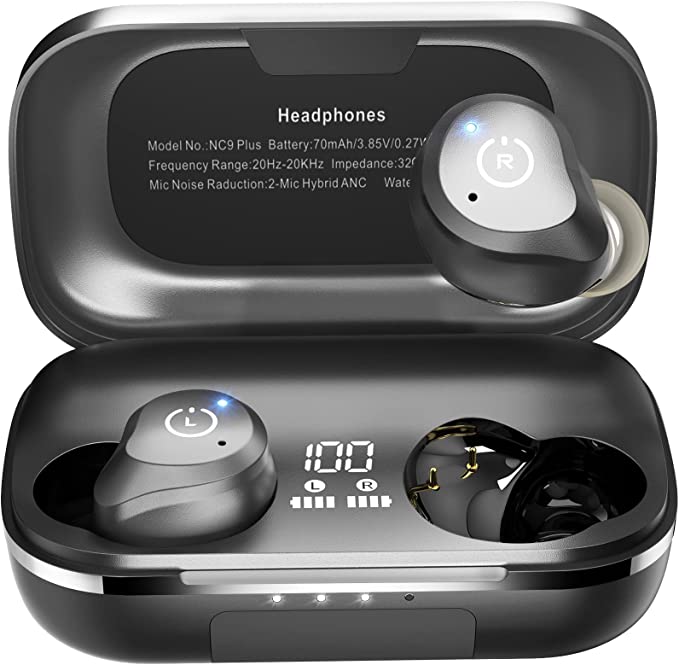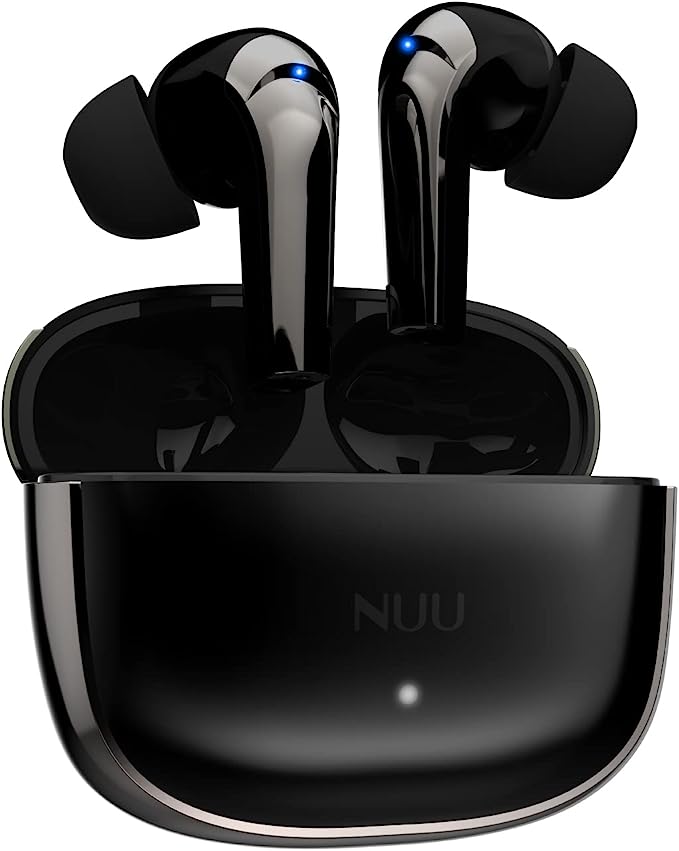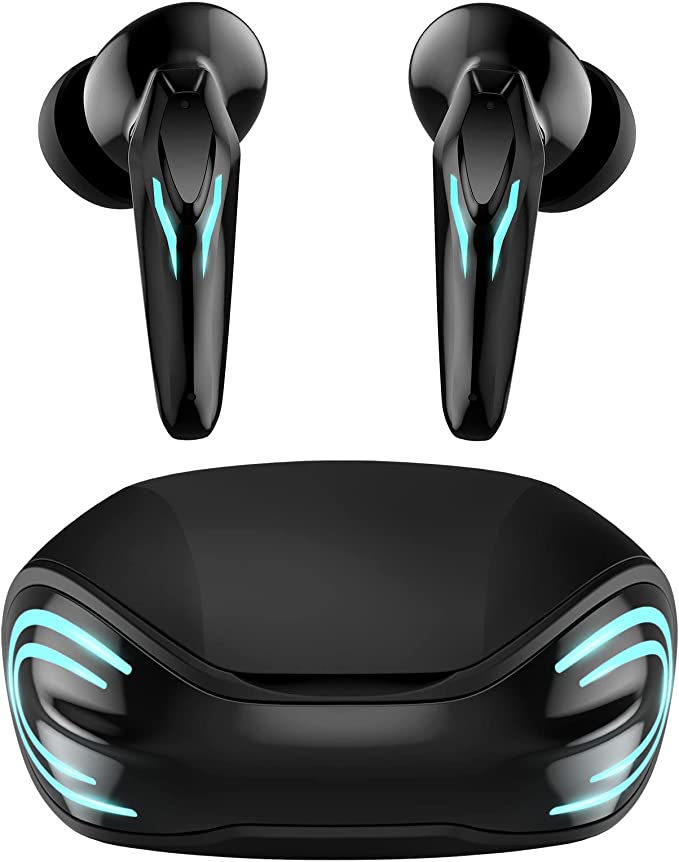Picun ANC-05L Headphones: Active Noise Cancelling on a Budget
Update on July 24, 2025, 5:43 a.m.
It was 1978, on a Pan Am flight from Zurich to Boston. The age of jet travel was in full swing, a modern marvel of speed and convenience, yet it was accompanied by a relentless, fatiguing drone. Inside the cabin, a professor from MIT, Dr. Amar G. Bose, tried on the new electronic headphones provided by the airline, hoping to enjoy the in-flight audio. He was met with disappointment. The powerful, low-frequency roar of the jet engines overwhelmed the delicate notes of the music, rendering it nearly unintelligible. In that moment of frustration, suspended miles above the Atlantic, a revolutionary idea took root. Instead of trying to overpower the noise, what if you could simply erase it?
This was not a fleeting thought but an epiphany that would ignite a decades-long quest and fundamentally change how we experience sound. The headphones you might be wearing right now, perhaps a pair like the Picun ANC-05L, are the direct descendants of that in-flight revelation. They are not merely accessories; they are compact marvels of physics and engineering, the culmination of a journey to create a personal bubble of quiet in an increasingly cacophonous world. To truly appreciate them, we must first understand the elegant science they command.

The Physics of Vanishing Sound
The technology at the heart of this magic is Active Noise Cancellation (ANC), and its operating principle is a beautiful concept from physics known as destructive interference. Imagine sound traveling not as a random disturbance, but as an orderly wave through the air, with repeating peaks and troughs. When two waves meet, they interact. If the peak of one wave aligns with the peak of another, they combine to create a louder, more powerful wave. This is constructive interference.
But ANC performs the opposite trick. It’s an act of acoustical cancellation. Tiny microphones on the outside of the headphones act as sentinels, capturing the invasive ambient noise—like that persistent engine drone—as it approaches your ear. This captured sound wave is instantly fed to a sophisticated Digital Signal Processor (DSP) chip inside the headphones. This chip’s sole purpose is to perform a near-instantaneous calculation: it analyzes the incoming wave and generates a brand-new wave that is its perfect sonic opposite. This new “anti-noise” wave has the same amplitude but is exactly 180 degrees out of phase, meaning its peaks align perfectly with the original noise’s troughs, and vice-versa.
This precisely crafted anti-noise is then played through the headphone’s internal speakers. At the exact moment the rumbling jet engine noise reaches your eardrum, it is met by its acoustic mirror image. The peak cancels the trough, and the trough cancels the peak. The result is not a battle of volumes, but a precise, silent neutralization. The unwanted sound wave is, for all intents and purposes, erased.

From Cockpit to Commuter: The Engineering of Silence
While the principle is elegant, its real-world application was a formidable engineering challenge that took years to perfect. The first commercially successful noise-cancelling headsets were developed for aviators, who needed to protect their hearing and ensure clear communication amid the deafening roar of cockpit machinery. Miniaturizing this technology for the consumer market required breakthroughs in multiple fields. The microphones had to become smaller and more sensitive, the DSP chips faster and more power-efficient, and the algorithms more sophisticated to react to changing noise environments in milliseconds.
Furthermore, effective noise cancellation is a two-pronged attack. ANC is brilliant at combating constant, low-frequency sounds, but it’s less effective against sudden, high-frequency noises like a nearby conversation or a ringing phone. This is where Passive Noise Cancellation (PNC) comes into play. The physical design of the headphones themselves—the materials and the seal they create around your ear—forms a barrier that blocks these higher-pitched sounds. This is why the choice of materials, like the plush, viscoelastic memory foam earcups found on the Picun ANC-05L, is so critical. This foam not only provides long-wearing comfort but also molds to the unique shape of your head, creating a superior acoustic seal that serves as the first line of defense against noise. The active system then takes care of the stubborn, low-frequency rumble that gets through.

The Modern Realization: A Symphony of Technologies
Today, a product like the Picun ANC-05L represents the democratization of this once-exotic technology. It stands as a case study in how multiple streams of engineering converge to create a seamless user experience. Within its lightweight, 200-gram frame, a complete ecosystem is at work.
The sound you actually want to hear is produced by large 40mm dynamic drivers. These are the heart of the headphone’s musicality, designed to move a significant volume of air to reproduce a full sonic spectrum, from deep, resonant bass to the crisp high frequencies that can reach up to 20 kHz, encompassing the entirety of human hearing.

This audio is delivered with stability and efficiency thanks to Bluetooth 5.3. This modern wireless standard is crucial for the 40-hour battery life, as it minimizes power consumption during data transmission. It also provides the robust connection needed for features like multi-point pairing, allowing you to seamlessly switch between a laptop and a phone. And for crystal-clear calls, a separate technology, Environmental Noise Cancellation (ENC), isolates your voice from your surroundings, ensuring that while you enjoy your silent bubble, the person you’re speaking to hears you, not the café you’re sitting in.
From a professor’s flash of insight in the sky to the accessible technology of today, the journey of noise cancellation is a testament to human ingenuity. It’s a story about mastering the very physics of sound not by shouting over the noise, but by learning how to command the silence within it. Every time you switch on that ANC button, you are not just blocking out the world; you are activating a legacy of science, creating your own personal sanctuary, engineered one sound wave at a time.

























































